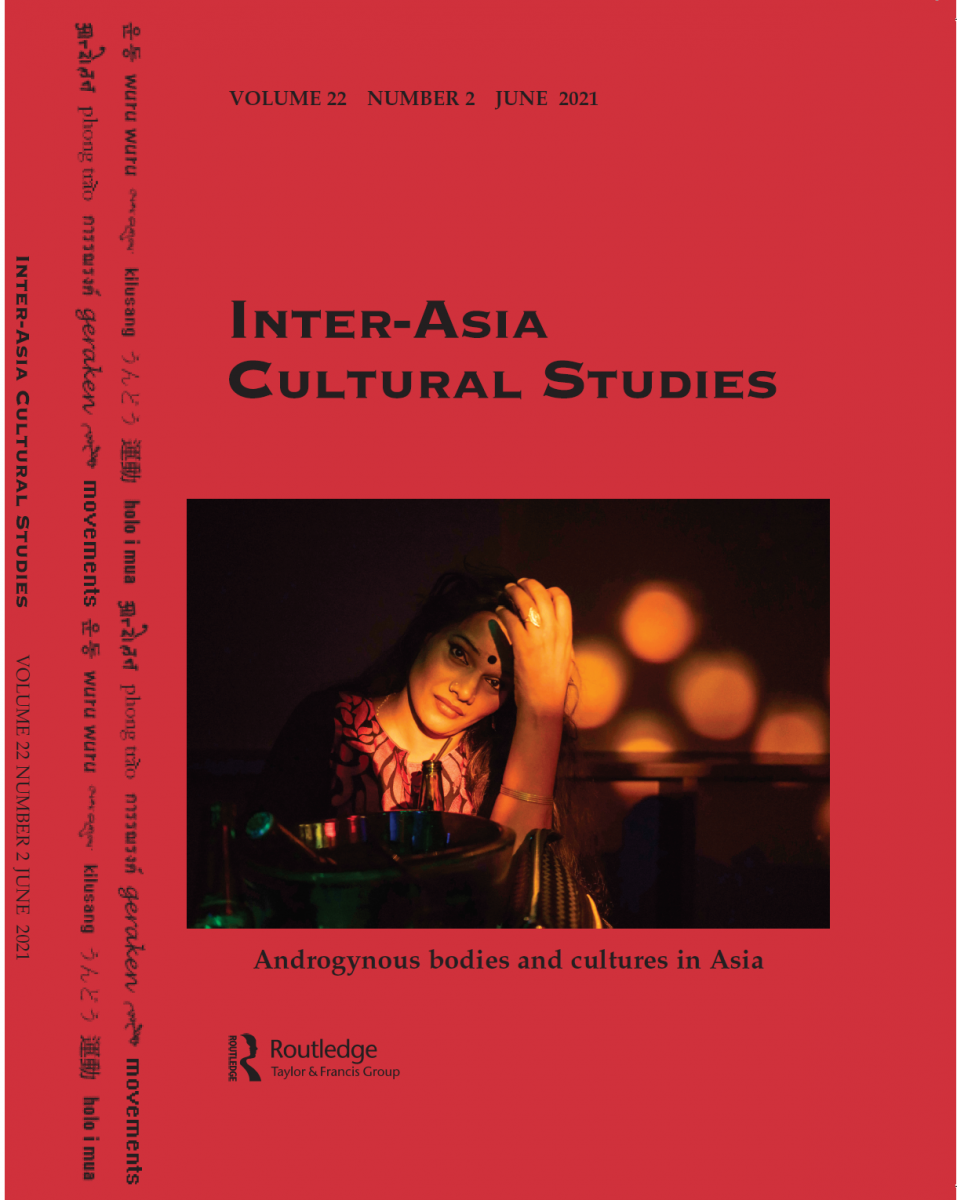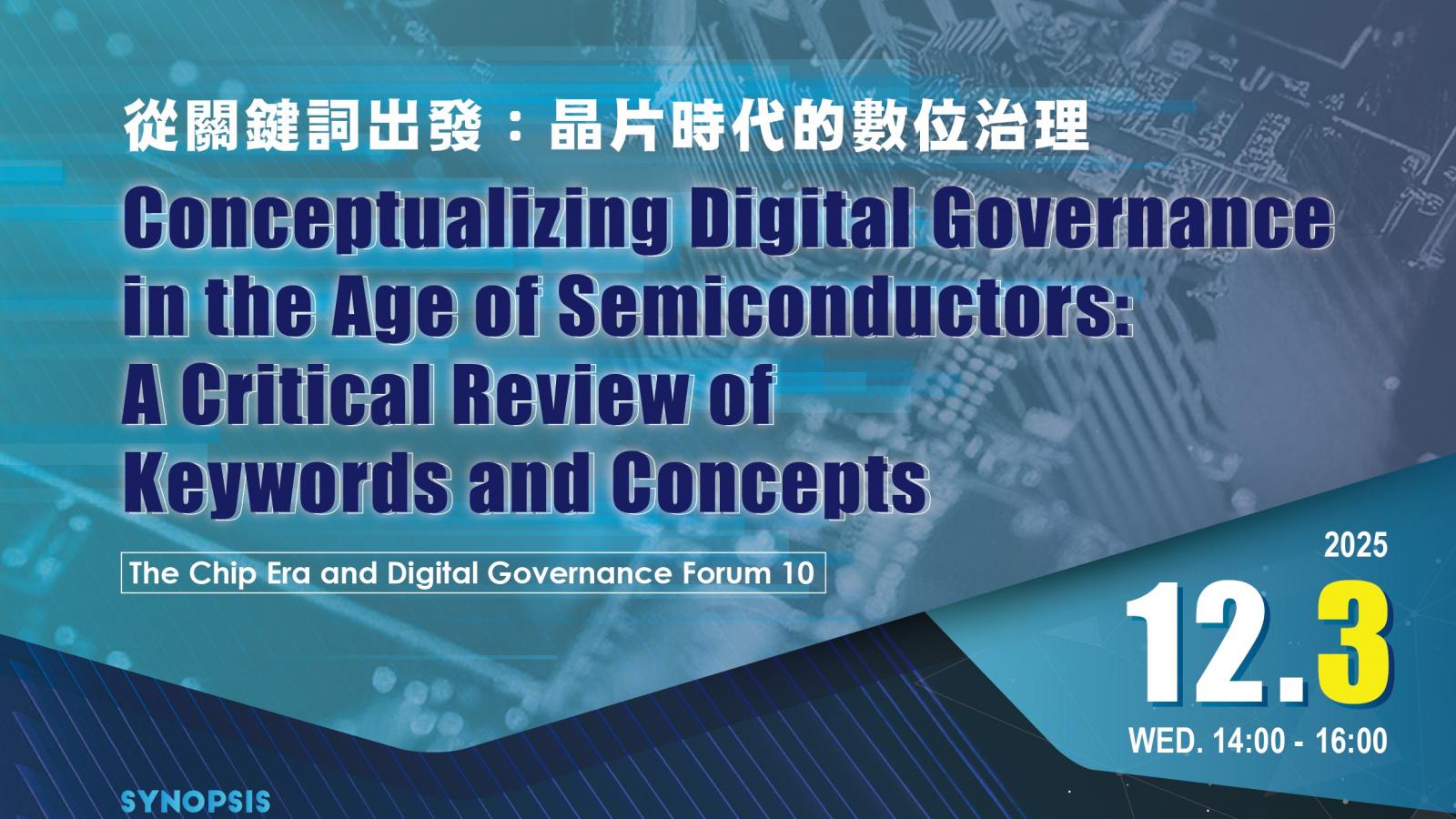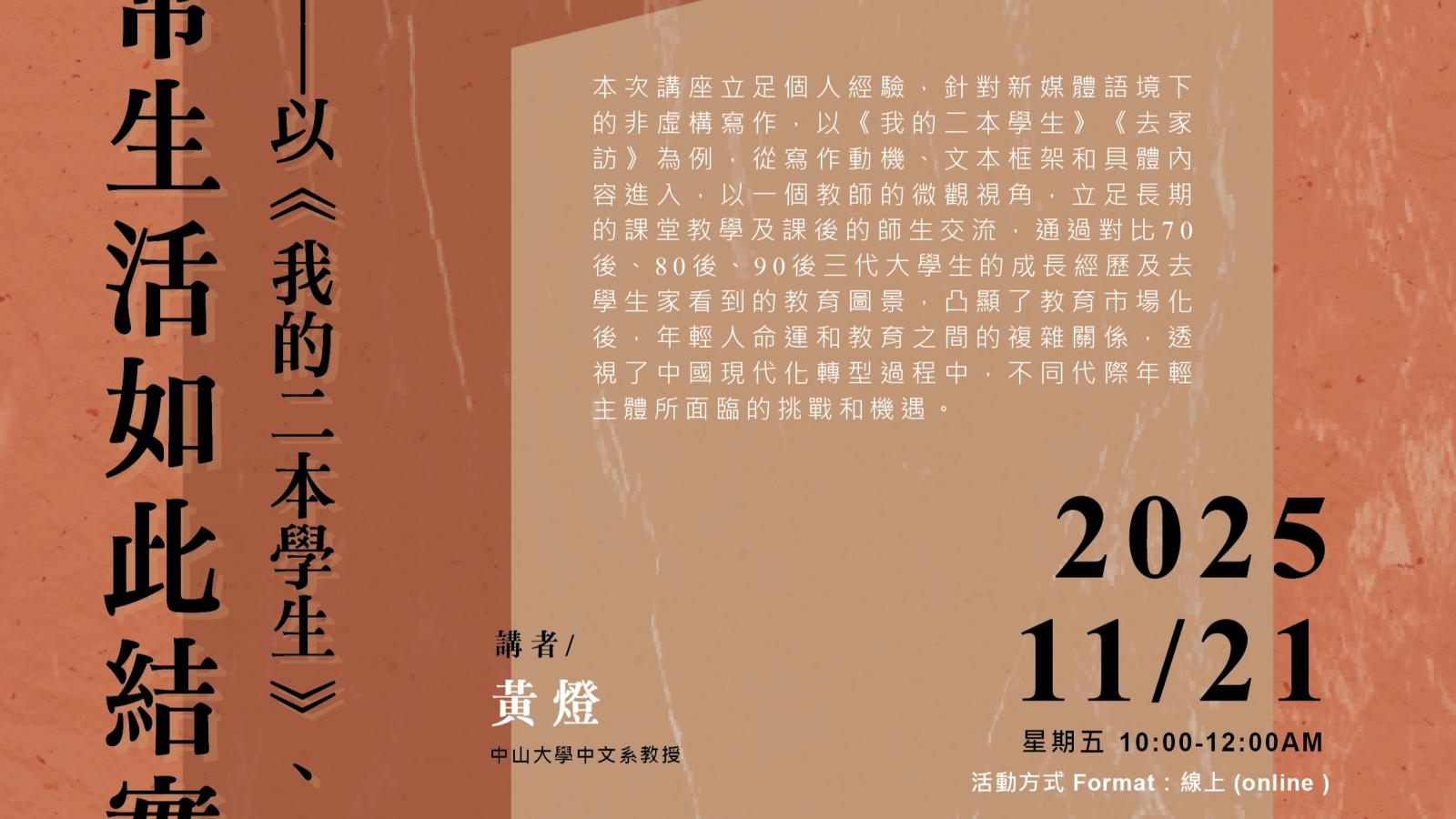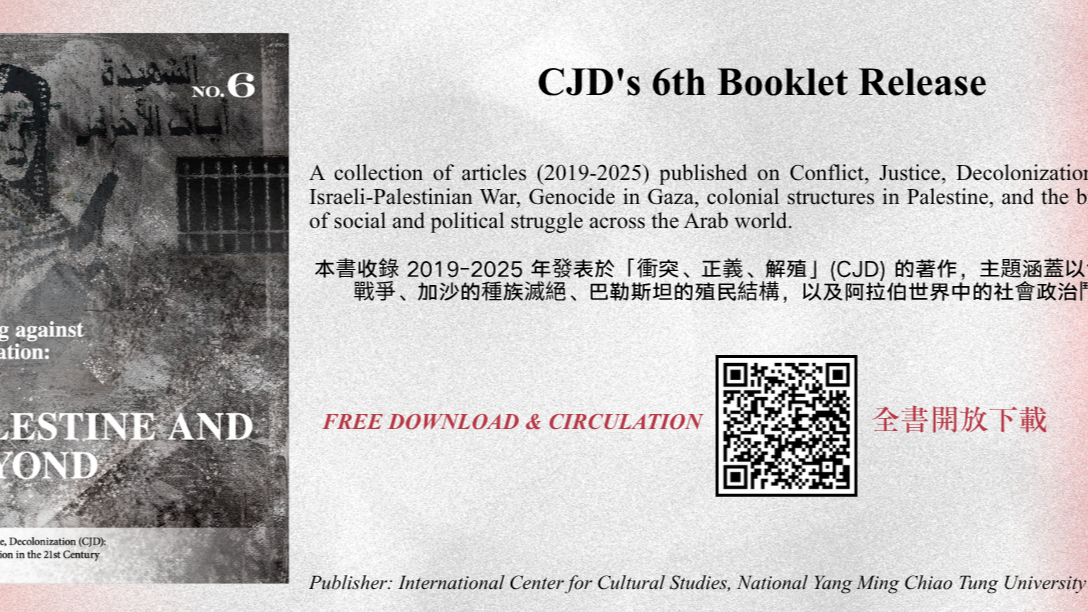

《Inter-Asia Cultural Studies: Movements》Volume 22 Number 2 出版
2021-07-07

Editorial introduction: androgynous bodies and cultures in Asia
Michelle H. S. HO a , Eva Cheuk-Yin LI b , and Lucetta Y. L. KAM c
a Department of Communications and New Media, National University of Singapore, Singapore;
b Department of Sociology, Lancaster University, Lancaster, UK; c Department of Humanities and
Creative Writing, Hong Kong Baptist University, Hong Kong
This special issue seeks to expand discussion on gender, sexuality, and everyday life in twenty-
first century Asia by exploring “androgyny” as “neither and both,” a site that has been and
continues to be contested and constructed. We locate “androgyny” within the ambiguous,
intermediate, and contradictory gender embodiments of male/masculine and female/feminine
characteristics in the biological, psychological, and physiological senses. Although the articles in
this collection mostly focus on the latter two senses, as we will argue in this introduction, tracing
androgynous bodies and cultures can be productive for configuring alternative ways of seeing,
knowing, and thinking grounded in the fluidity and diversity of Asian genders and sexualities. In
the last few decades, a heterogeneous body of work on genders, sexualities, and queer and
transgender lives and issues in Asia has emerged and flourished (e.g. Welker and Kam 2006;
Chu and Martin 2007; Martin et al. 2008; Blackwood and Johnson 2012; McLelland and Mackie
2015; Chiang and Wong 2016, 2017; Chiang, Henry, and Leung 2018). Of special concern
remain the marginalization of sexual minorities within Asian studies and that of Asian people
and theorizations within trans and queer studies. Granted, such foregrounding of EuroAmerican
frameworks is increasingly complicated by transnational sexualities, queer of color critique, and
queer diaspora studies. It bears asking then why this special issue is interested in androgyny at
all. How has androgyny been defined, debated, and made sense of and in what ways does it
figure in Asian queer and trans scholarship? How might androgyny be useful as an analytic for
thinking about gender- and sexually variant bodies and cultures while also adding (or not) to the
aforementioned conversation?
Inter-Asia Cultural Studies: Movements Volume 22 Number 2 June 2021
Table of contents
Editorial
Editorial introduction: androgynous bodies and cultures in Asia
Michelle H. S. HO, Eva Cheuk-Yin LI, and Lucetta Y. L. KAM
Essays
Performing androgyny: cross-dressing actresses, fandom, and queer sensibility in Hong
Kong Cantonese opera
Priscilla TSE
From dansō to genderless: mediating queer styles and androgynous bodies in Japan
Michelle H. S. HO
Who are the Zhongxing Nu Hai? Gender, sexuality, and the configuration of gender-
neutral identity in contemporary Taiwan
Yi-Ting LU and Yu-Ying HU
Transgender trouble: gender transcendence in self-ethnographic genderqueer
experience in Hong Kong
Siufung W. L. LAW
Epilogue: on keoi and the politics of pronouns
Helen Hok-Sze LEUNG
Visual essay
(Un)bound: a collaborative project on transgender identity in Singapore
Grace BAEY et al.
Commentary
Contested modernity and its discontents: on Maja Lee Langvad’s Hun er vred
Kim-Su RASMUSSEN
Cultural heritage
The challenge of heritage management for post national symbol: the dilemma of the
Chungshan Great Hall’s adaptive reuse, Taiwan
YIN Pao-Ning
Inter/national
Small-medium-large countryism: divesting the nation-state
Kuan-Hsing CHEN
近期新聞 Recent News



New Publication | Writing against Occupation: Palestine and Beyond (CJD Booklet No.6)
2025-11-12
more